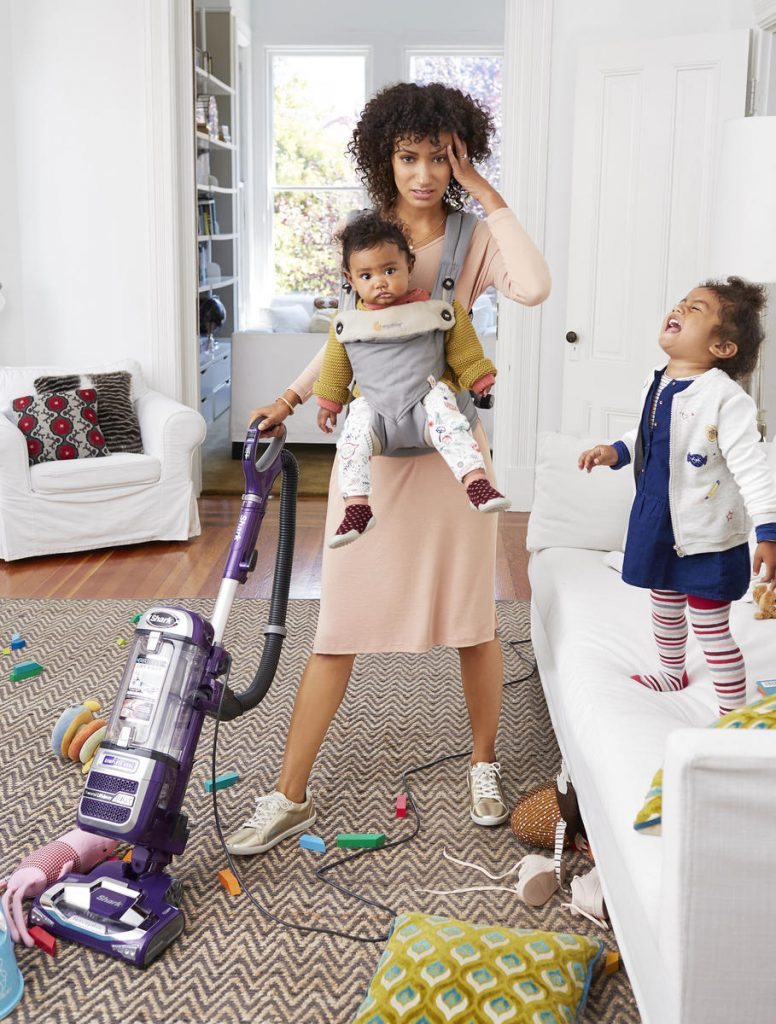July 29, 2018
Leisure makes the human more human by engaging the heart and broadening the vision, deepening the insight and stretching the soul. Joan Chittister
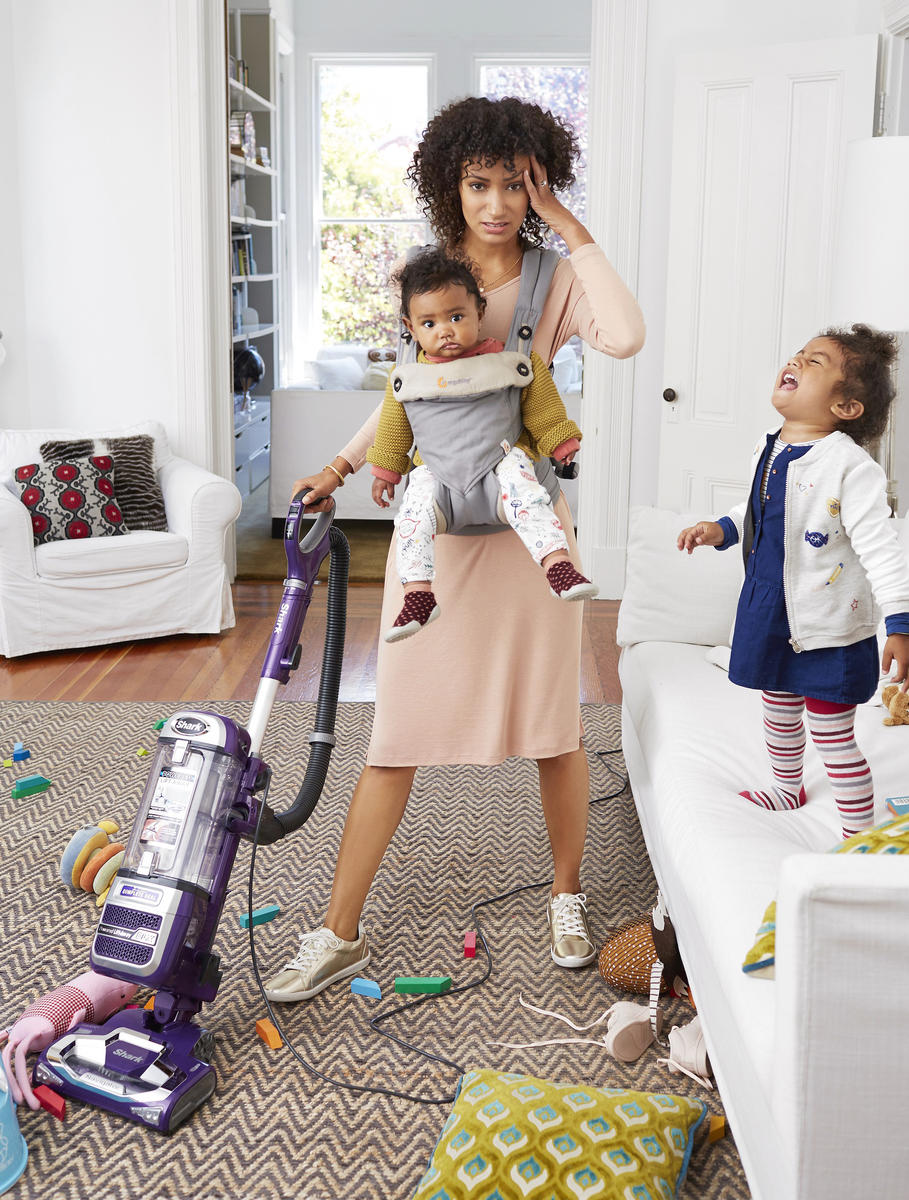
As a mom, I remember there were many times when I felt like relaxation was an elusive reward that I would not get to enjoy until my children were grown and gone. Even on vacation, it seemed the daily work just continued in a different location. I saw a funny Onion article recently titled, “Mom Spends Beach Vacation Assuming All Household Duties in Closer Proximity to the Ocean.” Of course, the times we need relaxation the most are those times when we can’t seem to get it. One of the daily life habits we ask our LifeWays Early Childhood Certification students to cultivate during their training sessions is drinking a glass of water slowly, over the course of ten minutes, every day. The simple act of slowing down to drink a glass of water while doing nothing else offers us a mini-retreat of relaxation during an otherwise full day.
Another significant way the LifeWays training teaches Relaxation is to help our students create a life they don’t feel they need to escape from. This kind of relaxation doesn’t look exactly like what comes to mind when we think of relaxation, such as lounging on the beach, enjoying a massage, or getting away for a manicure. Not that these moments of self-care aren’t important — they are. But finding joy and solace in the everyday tasks that take up 99 percent of your day is even more important, because — well — it’s 99 percent of your day!
I hope you and the children are able to find some moments of pure relaxation this week, in the midst of the fullness of life.

Mary O’Connell, Your Living Arts Weekly Blog Editor
Practical Activity
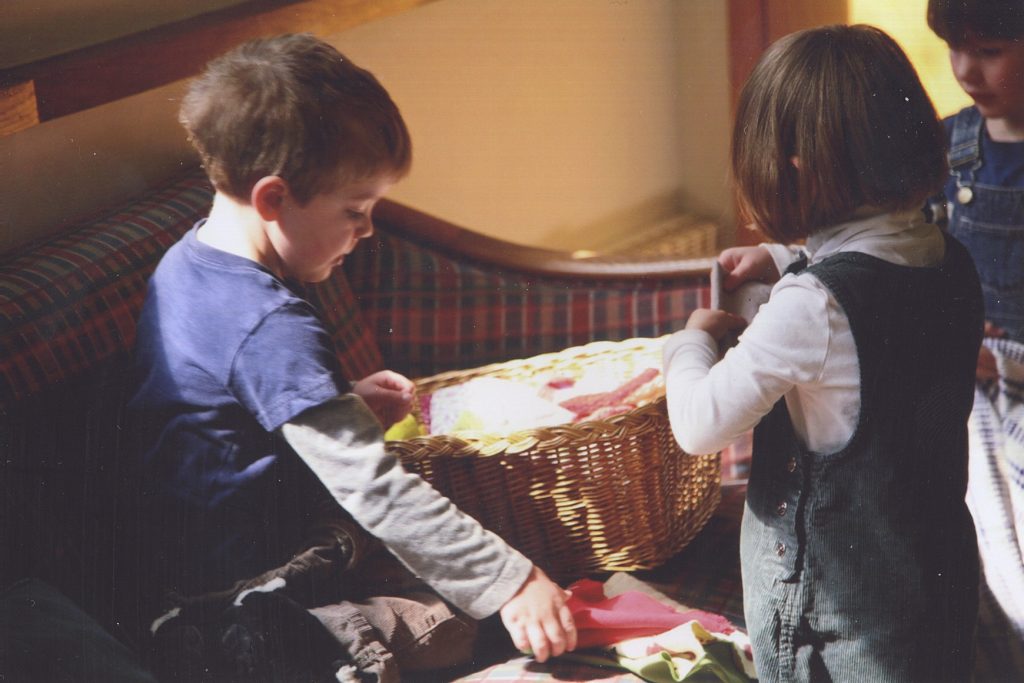
A reflection shared by student Jaylyn Morehouse in our Living Arts online course:
“When we all undergo a task together, everyone is happier and calmer. Other parents have asked me how I manage to get (fill-in-the-blank) done with so many children, but the answer really is just that they are alongside me either working on the same thing, or just being. As long as I maintain a presence and they are near, the children feel more comfortable to play at ease and the less I find myself having to guide them and intervene because of their frustration for my attention. I used to put laundry in the same category as one of those Things That I Have to Get Caught Up on After the Kids are in Bed Tonight tasks. But somewhere along the way, it worked its way into our Things We Do During the Daytime Together. I sit down on the floor with them and begin folding laundry; they see that I am with them (floor level). Sometimes they are not interested in helping me, other times they are and will eagerly fold the small washcloths or tea towels. They may begin to notice that there is some sort of organization going on, and that there’s a “ritual” system in place — I did quite enjoy reading Marie Kondo’s book (The Life Changing Magic of Tidying Up) with the chapter about laundry folding techniques. After a while the children start playing with other things nearby in the same room. We are still close enough to speak to each other and I can look up to see what they want to show me from time to time. I really liked what Cynthia said about when we are engaged and present, it is freeing for the child. The laundry gets done. The children entertain themselves. And they may even feel a sense of fulfillment that they got to take part in a house chore.”
Nurturing Care
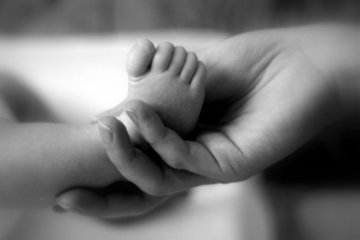
Modern life brings much stress to our central nervous system. This is true for children and adults. One way to help you and your child relax is to hold your child’s feet. Pretty simple, right? The technique is described here by Gedalia Genin, an Ayurvedic Health Consultant in Atlanta:
Simply take your right hand on their right foot and your left hand on their left foot (that means your hands are crossed over- your hands turned under so you are comfortable). Children love this. It’s grounding and centering. You can even add an essential oil like vetiver, or lavender, or nothing for that matter to keep it simple. Just be present for the child with your attention at their feet. If you’d like to add a massage you can. But just hold the feet and feel the energy in your hands moving to their feet. You can do this for a few minutes. Try not to get too left brain about it, it’s a no-brainer actually, just feel the feet and feel the love.
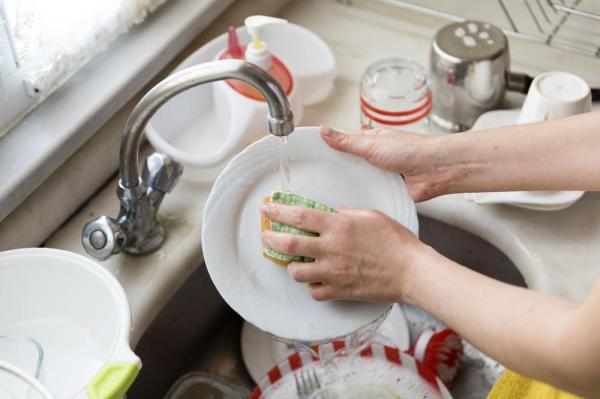
Even washing the dishes can be relaxing
An excerpt from A Taste of Heaven and Earth, by Bettina Vitell
“In the kitchen you can bring this presence to all your actions just by being more attentive. As you wash the dishes, notice how your fingers curl around the edges of a plate or cup, feeling its shape and size. Become aware of the texture of smooth porcelain or the roughness of pottery. Feel the weight of each dish, pick up another and explore it with this same sense of newness. Feel the sensations that come from the object in your hands; the perfect roundness of a bowl, the delicate weight of a wineglass, the delightful balance of a fork or spoon, each time realizing more fully the potential of your sense of touch.
As you try this out, you may become aware of your breathing. Notice, too, how you are standing. Perhaps you can feel how the weight of each object influences you.
What happens when you reach to the top shelf to put a bowl away? Your arms may need to find a different way of holding it for more balance. Become aware of your connection with the floor. Does it support you as you reach to put away the dishes?
Take time to feel what is most natural and easy.
The Zen master Suzuki Roshi said that there is no such thing as an enlightened person, there is just enlightened activity. By arriving at an attitude of quiet curiosity, even the most common task becomes an opportunity to explore our nature.”
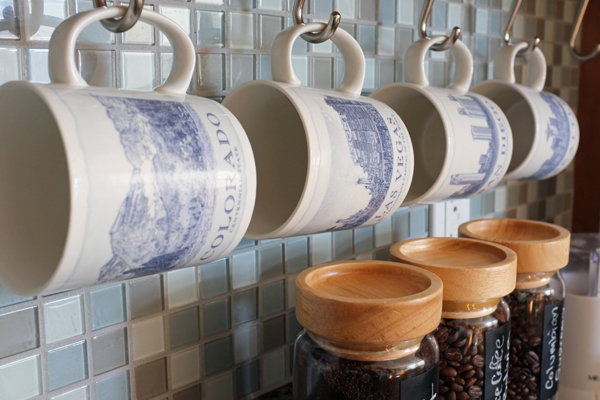
Creative Exploration
In today’s fast-paced, media-saturated world, it can be hard for children to slow down and relax. Telling them a very simple story such as the one Pamela Perkins shares below can be very nurturing and healing for them.
Pamela says, “Shell secrets is an ‘old standby’ of mine… I will do it first several times alone, then give each child a shell to hold to his/her ear. “
“Shell Secrets”
Pamela C Perkins
(Modified from poem by unknown author)
Tell me your secrets, pretty shell:
With children I’ll share your stories well.
I hear you humming, soft and low.
It’s all about the sea, I know.
You are murmuring, I think,
About seaweeds green and pink,
About the tiny baby shells
Who live where Mother Mermaid dwells.
Pretty shell, I’m waiting here:
Please, come and whisper in my ear.
[Pamela Perkins has worked with and for children in various capacities since 1970. A former Waldorf teacher, LifeWays graduate and home provider, she now delights in being with her five granddaughters, plus creating magical needle-felted puppet stories and writing gentle tales to nurture young and old. She lives in the Upper Valley of Vermont, and is working on her new writing project Silver Seedlings – Nurturing Tales for the Young and Young at Heart.]Social Awareness
One way we can relax that is beneficial to our children is to give them time and space away from constant adult supervision. I really appreciated this recent blog post by Teacher Tom, in which he compares his childhood of relative freedom to the constant vigilant supervision most children experience today. In what ways can you step back and give your children, or the children in your care, more freedom? 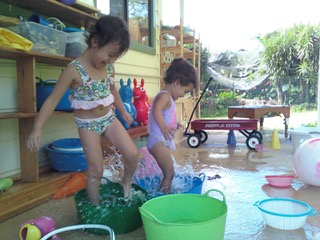
Let’s relax our vigilance and remind ourselves to trust. It’s good for the children and for us.
